Introduction
Throughout history, humanity has been captivated by mysteries and enigmas that defy explanation. From ancient artifacts to legendary disappearances, these puzzles have intrigued scholars and enthusiasts alike for centuries. While some mysteries remain unsolved, the advent of modern science has provided new tools and perspectives for reexamining the past. In this article, we'll delve into the top 10 historical enigmas and explore how modern science is shedding light on these age-old mysteries.
1.The Voynich Manuscript
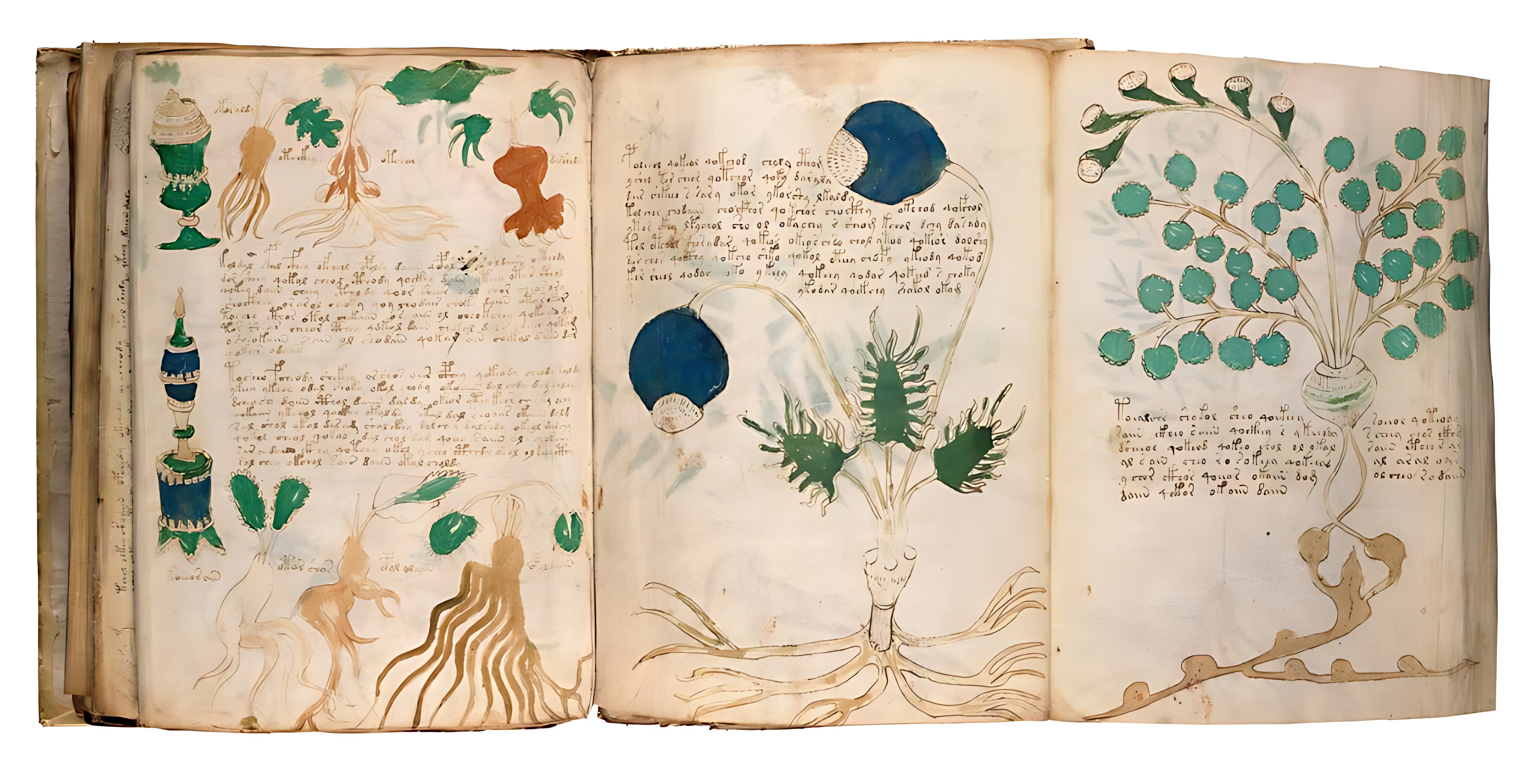
The Voynich Manuscript is perhaps one of the most enigmatic texts ever discovered. Written in an unknown script and adorned with intricate illustrations, it has puzzled linguists and cryptographers for centuries. Despite numerous attempts to decipher its contents, the manuscript's secrets have remained elusive. However, recent advances in linguistics and cryptography have brought us closer to unlocking its mysteries. By applying cutting-edge techniques and computational analysis, researchers are making strides in understanding this ancient text, offering new insights into its origin and purpose.
2.The Great Pyramid of Giza
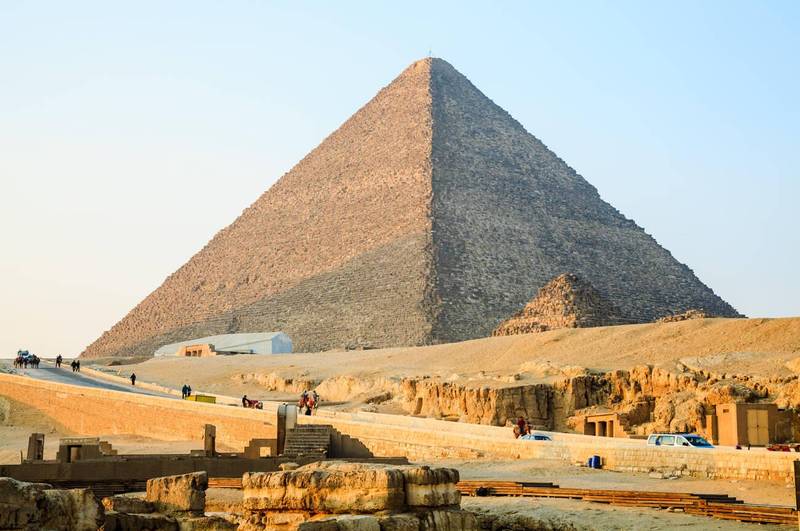
The Great Pyramid of Giza stands as a testament to the ingenuity and craftsmanship of the ancient Egyptians. Yet, despite centuries of study, many questions remain unanswered about its construction and purpose. Recent advancements in archaeology and engineering have allowed researchers to reexamine this iconic structure with unprecedented detail. Through laser scanning and 3D modeling, scientists have gained new insights into the pyramid's architecture, challenging long-held theories and opening up new avenues of exploration.
3.Stonehenge
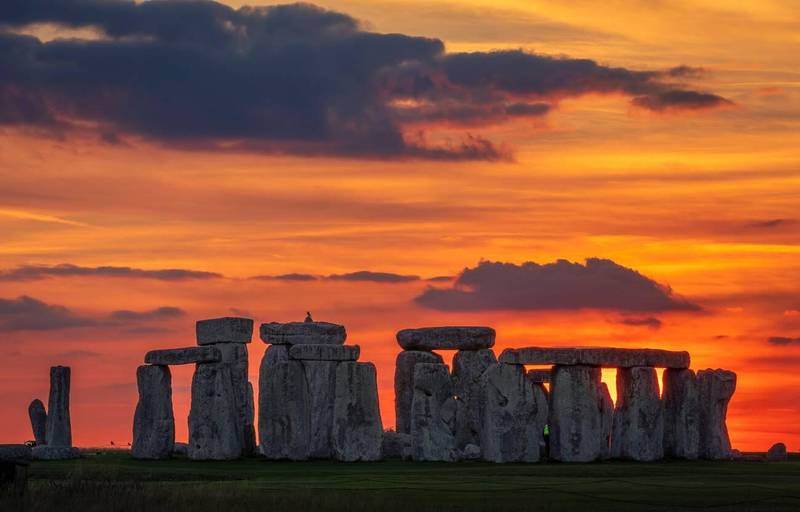
Stonehenge, a UNESCO World Heritage site, continues to fascinate scholars and visitors alike with its mysterious arrangement of massive stones. While its exact purpose remains a subject of debate, recent archaeological discoveries have shed new light on this ancient monument. By combining traditional excavation methods with state-of-the-art technology, researchers have uncovered evidence of Stonehenge's origins and significance, offering fresh perspectives on its cultural and astronomical importance.
4.The Antikythera Mechanism
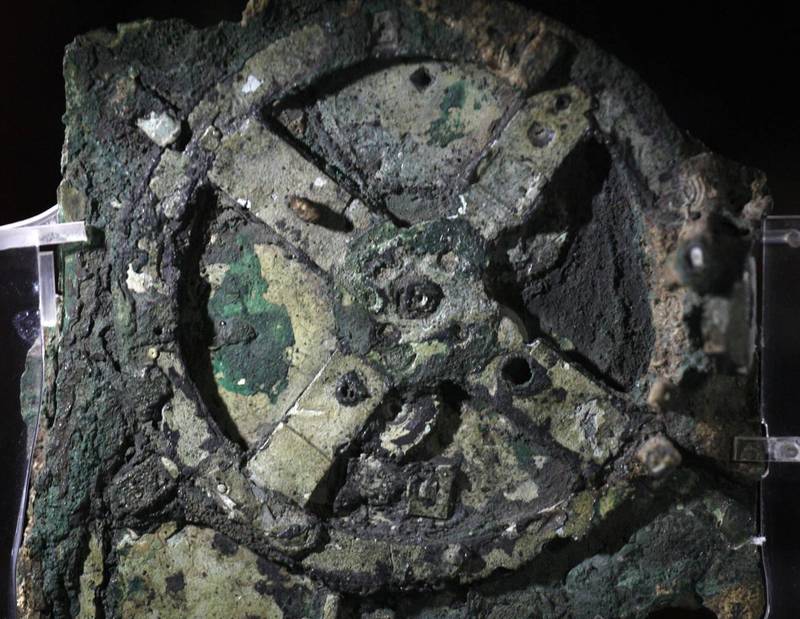
Discovered in a shipwreck off the coast of Greece in 1901, the Antikythera Mechanism has been hailed as the world's first analog computer. This intricate device, dating back over 2,000 years, was used to track celestial movements and predict astronomical events. While its purpose was initially unclear, recent studies have revealed the sophistication of ancient Greek technology and astronomical knowledge. Through X-ray imaging and computer modeling, scientists have unraveled the secrets of this ancient marvel, providing valuable insights into the history of science and technology.
5.The Nazca Lines
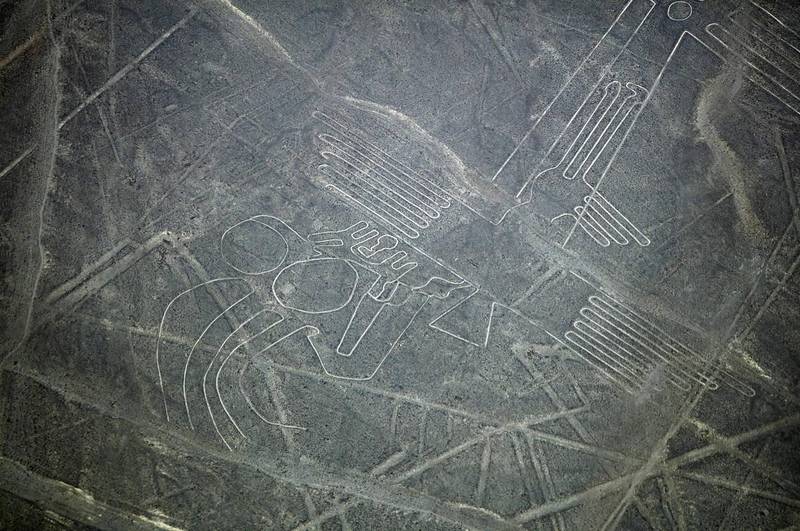
Etched into the arid plains of southern Peru, the Nazca Lines are a series of geoglyphs depicting various animals, plants, and geometric shapes. Believed to have been created by the ancient Nazca culture between 500 BCE and 500 CE, these enigmatic designs have puzzled archaeologists for decades. Recent advancements in satellite imaging have allowed researchers to study the lines with unprecedented clarity, revealing new patterns and structures previously unseen from the ground. While the purpose of the Nazca Lines remains a subject of debate, these new discoveries offer tantalizing clues about their cultural and religious significance.
6.The Shroud of Turin

The Shroud of Turin is a linen cloth bearing the faint image of a man who appears to have been crucified. For centuries, it has been revered as the burial cloth of Jesus Christ, sparking intense debate among theologians and scientists. While many believe it to be an authentic relic, others remain skeptical, citing evidence of medieval forgery. Recent scientific studies have attempted to unravel the mystery of the shroud's origins through carbon dating and forensic analysis. While the results have been inconclusive, they have shed new light on the complexities of this ancient artifact and the enduring power of faith and belief.
7.The Easter Island Statues
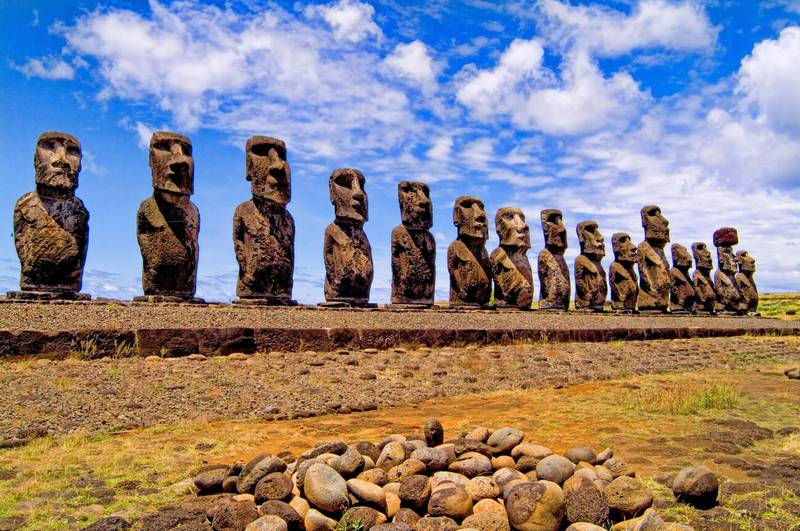
Standing watch over the remote island of Rapa Nui, the Easter Island statues, or moai, are a testament to the ingenuity and craftsmanship of the island's ancient inhabitants. Carved from volcanic rock, these towering figures have puzzled archaeologists for centuries, raising questions about their purpose and significance. Recent research using ground-penetrating radar and 3D modeling has provided new insights into the statues' construction and transportation methods, challenging previous assumptions and offering fresh perspectives on the island's ancient civilization.
8.The Bermuda Triangle
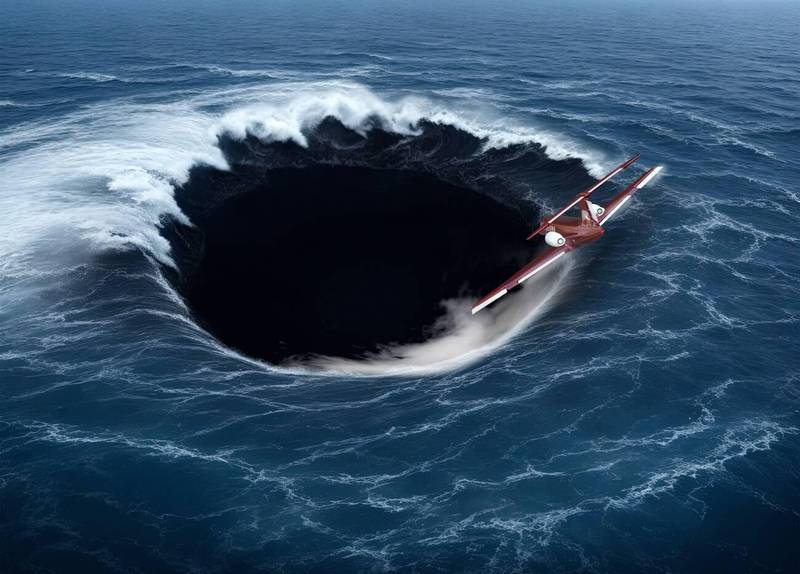
The Bermuda Triangle, also known as the Devil's Triangle, has long been associated with mysterious disappearances of ships and aircraft. While popular culture has fueled speculation about paranormal phenomena, scientific investigations have revealed more plausible explanations. From sudden storms to magnetic anomalies, there are a variety of natural factors that could account for the disappearances attributed to the Bermuda Triangle. By separating fact from fiction, researchers are unraveling the mysteries of this infamous region, providing a clearer understanding of its dangers and hazards.
9.The Lost City of Atlantis

The Lost City of Atlantis has captured the imagination of scholars and adventurers for centuries, inspiring countless expeditions and theories about its existence. Described by the ancient Greek philosopher Plato, Atlantis is said to have been a utopian civilization that sank beneath the waves in a single day and night. While many dismiss it as a myth, others believe there may be some truth to Plato's account. Geological and archaeological evidence has suggested the possibility of ancient civilizations submerged by rising sea levels, fueling speculation about the true location of Atlantis and its legacy on human history.
10.The Death of Cleopatra

The death of Cleopatra, the last pharaoh of Egypt, has been shrouded in mystery and speculation for centuries. Recent studies using forensic science and toxicology have reexamined historical accounts of Cleopatra's suicide by snakebite, casting doubt on the traditional narrative. By analyzing ancient texts, artifacts, and human remains, researchers are challenging prevailing beliefs about Cleopatra's final days, offering new theories and interpretations regarding the circumstances of her death. Through the lens of modern science, the enigma of Cleopatra's demise is being reexamined, unveiling fresh insights into one of history's most iconic figures.
Conclusion
Amination of historical enigmas through modern science has yielded fascinating insights into the mysteries of the past. From deciphering ancient texts to unlocking the secrets of ancient monuments, researchers are using cutting-edge techniques to shed new light on humanity's rich and complex history. By embracing curiosity and innovation, we can continue to unravel the mysteries of our world, one enigma at a time.
FAQs
1. Are there any recent breakthroughs in deciphering the Voynich Manuscript?
- While progress has been made, the Voynich Manuscript remains largely undeciphered. However, recent studies have applied new computational methods to analyze its linguistic and cryptographic features, offering promising avenues for further research.
2. What is the latest consensus on the origins of Stonehenge?
- Recent archaeological discoveries suggest that Stonehenge was built over a period of centuries by multiple cultures, with its final form likely representing a culmination of religious and cultural practices. However, much remains unknown about its precise origins and purpose.
3. Has the authenticity of the Shroud of Turin been definitively proven or debunked?
- The authenticity of the Shroud of Turin continues to be a subject of debate among scientists and theologians. While some studies suggest it could date back to the time of Jesus Christ, others argue that it may be a medieval forgery. The debate remains unresolved.
4. What are the leading theories regarding the purpose of the Nazca Lines?
- The purpose of the Nazca Lines remains a topic of speculation among archaeologists. While some believe they served religious or ceremonial functions, others suggest they may have been used for astronomical observation or as markers for underground water sources.
5. Has any conclusive evidence been found regarding the existence of Atlantis?
- Despite centuries of speculation and exploration, no conclusive evidence has been found to support the existence of Atlantis as described by Plato. While some researchers continue to search for its mythical remains, the true nature of Atlantis remains a mystery.

You must be logged in to post a comment.